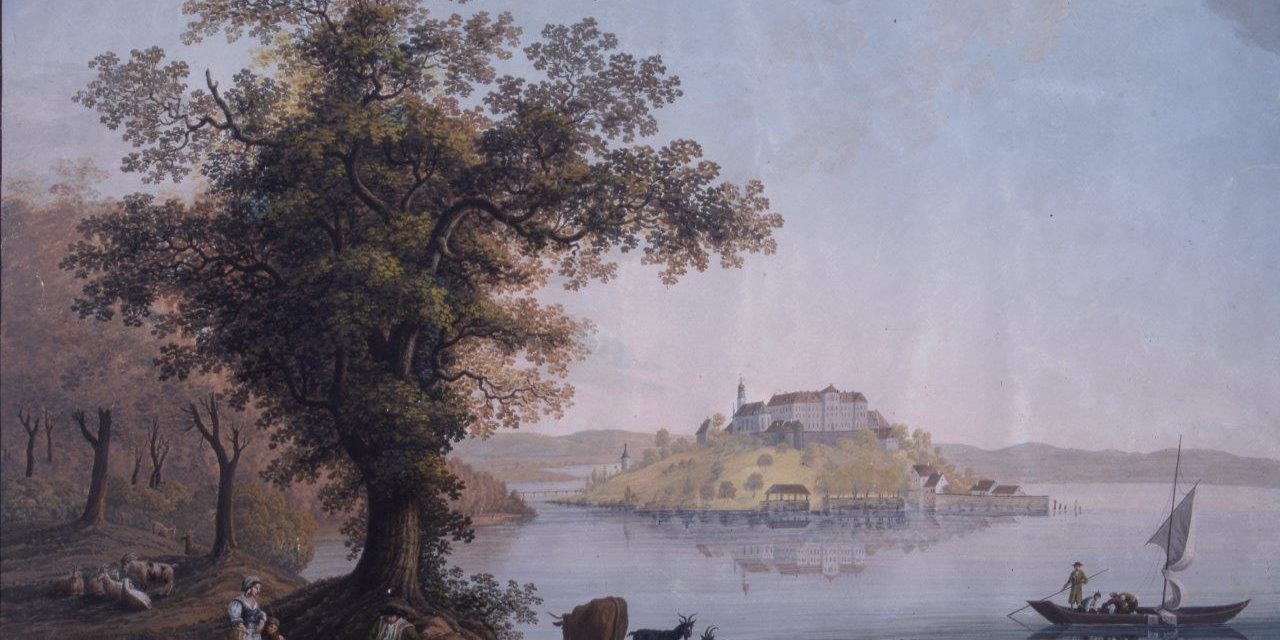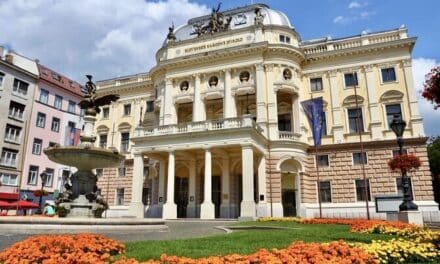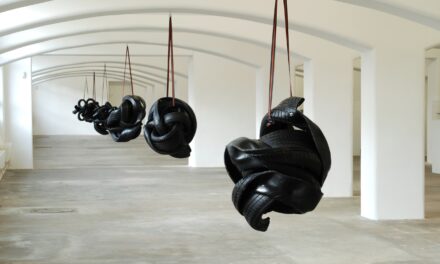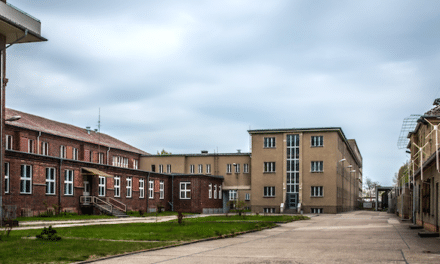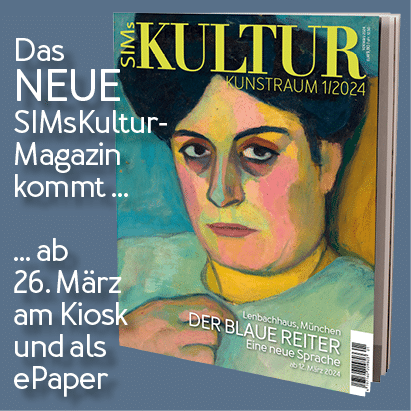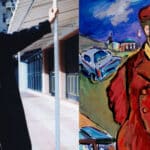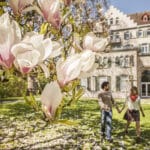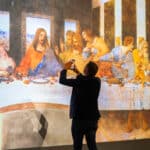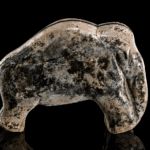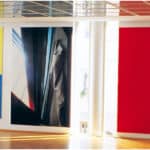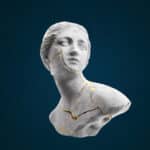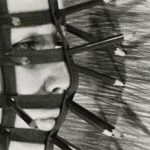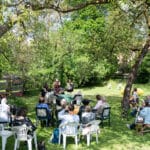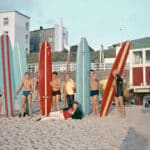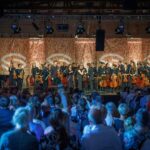The 150th anniversary exhibition "Treasures of the South - Art from 1000 years" shows unique "Treasures of the South" from the museum's own collection throughout the building and in the special exhibition hall: paintings and sculptures by important southern German masters, early book art, glass, gold and silver work and historical evidence from 1000 years of history in the Lake Constance region.
The Rosgarten Museum can look back on a long tradition as the art and cultural history museum of the city of Constance and the Lake Constance region. Since its foundation in 1870 by the Constance pharmacist and city councillor Ludwig Leiner, the rich collection of items relating to the history of the city and the region have been on display here. In the Middle Ages, the house "Zum Rosgarten" was the guild house of butchers, grocers, pharmacists, stove-makers and ropemakers. It was first mentioned in 1324 and merged with the adjoining house "Zum Schwarzen Widder" in 1454. The coats of arms of both houses still adorn the portal of the museum today. The museum is based on the collection of museum founder Ludwig Leiner, as well as other private collections, which were brought together in 1870 when the Rosgarten Museum was founded as a municipal museum.
The collection has grown continuously over the centuries and currently comprises around 200,000 objects. The collection ranges from archaeological finds from the Neolithic Age to medieval altarpieces and sacred wood carvings, paintings by Constance artists and everyday objects from the 19th and 20th centuries, as well as private letters and photographs of historical personalities. The collection is constantly being expanded to include objects and works of art relating to the history and culture of the city of Constance.
Special exhibition: Treasures of the South - Art from 1000 years
150 years of the Rosgarten Museum
With its extensive collection, active research and major special exhibitions, the Rosgarten Museum in Constance is today one of the most important art and cultural history museums in the Lake Constance region. Housed in a faithfully preserved late medieval guild house, rooms such as the "Leiner Hall" with its neo-Gothic display cases and outstanding prehistoric and early historical finds are enchanting testimonies to the founding period.
At that time, old city gates and magnificent fortified towers fell: in the middle of the 19th century, Constance on Lake Constance, which had been shaped by the late Middle Ages, freed itself from the relics of its imperial city past. The progress program of the politically influential liberals demanded space for commercial enterprises, modern residential buildings and streets.
The pharmacist Ludwig Leiner, scion of an old patrician family, opposed the destruction of the historic townscape - although he himself had a militant spirit of progress. He rescued Gothic sculptures, panel paintings, chronicles, furniture and weapons from destruction on a cart. Infected by the "pile-dwelling fever" of the time, he also eagerly collected excavated material, including the now world-famous reindeer carvings on antlers from the "Kessler Loch" near Schaffhausen.
In 1870, Leiner opened his "Hall of Antiquities" in the empty "Rosgarten" guild house. Soon the crowned heads and the best scientists of the time came to marvel at the sometimes sensational finds. A forgery scandal involving a fraudulent dealer briefly shook the house, but its good reputation grew steadily. After Ludwig Leiner's death in 1901, the Rosgarten Museum became a family legacy: it was not until 1955 that Sigrid von Blanckenhagen (née Leiner) received a municipal salary as curator. Until then, three generations of the Leiner family had looked after the museum on a voluntary basis. For over 100 years, the family collected outstanding art treasures and wisely steered "their" house through wars, inflation and the National Socialist dictatorship.
The new audio guide, video clips and exciting guided tours tell of the Leiners' passion for collecting, of precious paintings, fake papal chairs and fossilized crocodiles: Museum stories from real life!
until April 11, 2021
Idylls between mountain and lake
The discovery of Lake Constance and the foothills of the Alps
The most beautiful colored lithographs, gouaches and depictions of the large natural area between Säntis and the Rhine Falls at the time of its tourist discovery at the beginning of the 19th century. A cooperation project of the Rosgartenmuseum Konstanz with the Swiss museums Turmhof Steckborn, Volkskundemuseum Stein, Museum Appenzell and renowned private collectors.
June 29, 2021 to January 9, 2022

